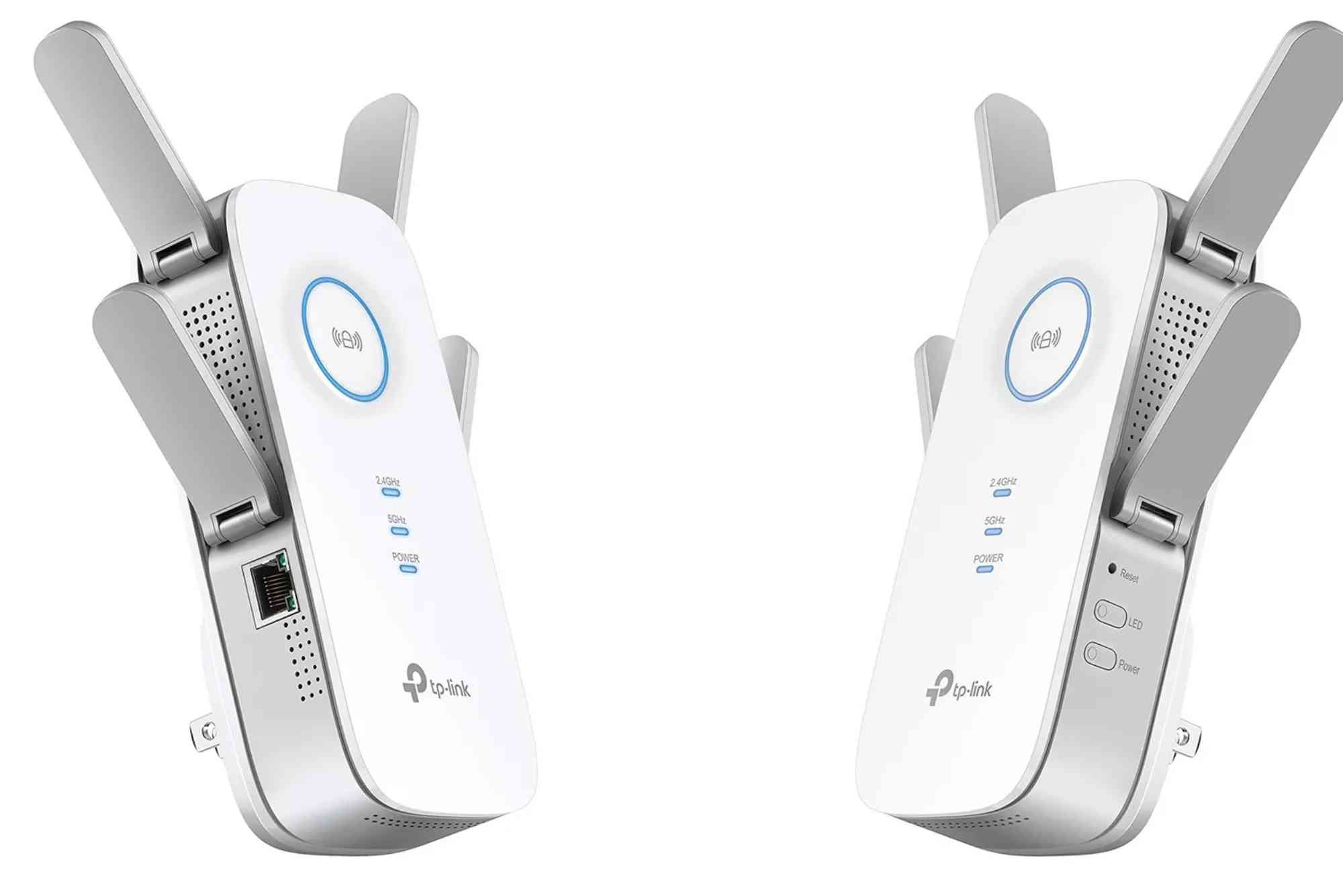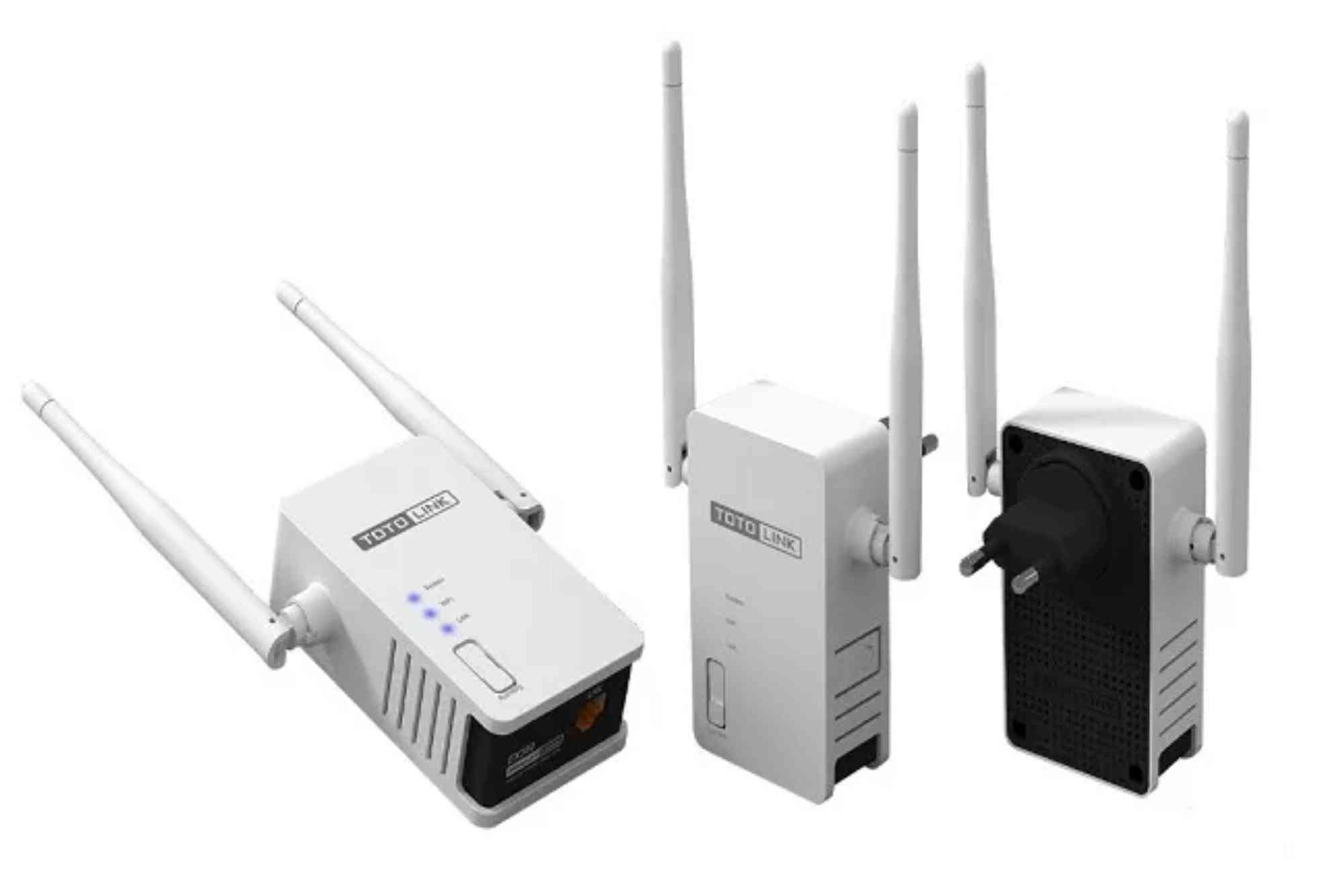Best Wi-Fi Range Extenders for Outdoor Use
Reliable internet has become essential not only indoors but outdoors too. Whether you’re relaxing in the backyard, managing a café patio, or setting up Wi-Fi for farms and warehouses, a strong and stable connection is a must. However, most standard routers are designed to work inside your home, and their signals often weaken when they reach gardens, terraces, or open spaces. This is where a Wi-Fi range extender for outdoor use makes all the difference.
An outdoor Wi-Fi extender ensures seamless coverage beyond the walls of your house. It amplifies your existing Wi-Fi signal and pushes it into open spaces where you need connectivity the most. With the right setup, you can stream videos on the porch, work on a laptop in the garden, monitor smart devices in barns, or provide internet to guests during outdoor events. In this guide, we will explore what makes outdoor Wi-Fi extenders unique, the top features to look for, the best choices for different needs, and tips on installation and maintenance.
Why You Need a Wi-Fi Range Extender for Outdoor Use
A regular indoor Wi-Fi extender is not built to withstand outdoor conditions. Temperature fluctuations, rain, dust, and even distance from the main router can cause connection problems. Outdoor Wi-Fi extenders are designed with weather-resistant casings, high-gain antennas, and stronger amplification technology. They are ideal for people who need reliable internet beyond indoor spaces.
For homeowners, it means no more dead zones in the garden or poolside. For businesses like restaurants, hotels, or schools, it helps maintain connectivity for guests and staff. Farmers and warehouse operators can also use them to power IoT devices, security cameras, and smart equipment across large areas.
Key Features to Look for in an Outdoor Wi-Fi Range Extender
Choosing the right extender requires paying attention to a few essential features. Not all extenders are equal, and your choice should depend on your usage.
Weatherproof Design
Outdoor devices must be built to resist harsh elements. Look for IP65 or higher-rated water and dust resistance. Durable casings protect internal circuits against rain, heat, and debris.
Extended Coverage
A good Wi-Fi range extender for outdoor use should cover wide open areas. Check for specifications that mention coverage up to several hundred feet. Strong directional or omnidirectional antennas can significantly improve reach.
Dual-Band or Tri-Band Support
For smooth browsing, streaming, and gaming, dual-band extenders with both 2.4GHz and 5GHz frequencies are essential. Tri-band models add an extra layer of speed for heavy users.
Speed and Performance
Look for support for Wi-Fi 5 or Wi-Fi 6 standards. Higher speeds ensure better performance for multiple devices running simultaneously outdoors.
Easy Installation
Outdoor extenders should come with user-friendly setup options, either through apps, web interfaces, or WPS buttons. Some also support Power over Ethernet (PoE), making installation more flexible in places without outlets.
Security and Reliability
Choose extenders that support WPA3 or WPA2 encryption to secure outdoor connections. This is especially important for public areas like outdoor cafes or hotel gardens.
Best Uses for Outdoor Wi-Fi Extenders
Residential Homes and Yards
Families often want coverage for streaming, working, or video calling from backyards or patios. An outdoor Wi-Fi extender solves dead zone issues around the house.
Hotels and Resorts
Guests expect seamless internet at pools, outdoor lounges, and open-air dining spaces. Reliable extenders ensure customer satisfaction.
Educational Institutions
Schools and universities with outdoor learning areas can keep students connected without disruption.
Farms and Rural Areas
Farmers can extend connectivity to barns, greenhouses, and fields. Smart sensors and cameras run more efficiently with stable internet.
Warehouses and Worksites
Large spaces require internet for handheld scanners, IoT devices, and staff communications. Outdoor extenders are perfect for industrial use.
Tips for Installing a Wi-Fi Range Extender Outdoors
Proper installation is as important as choosing the right model. Follow these tips to get the best results:
Position Strategically
Place the extender halfway between your main router and the outdoor area. Ensure there are fewer obstacles like thick walls or metal barriers.
Consider Height and Direction
Mount the device slightly above ground level, preferably on walls or poles. Aim directional antennas toward areas with poor coverage.
Protect from Extreme Weather
Even with waterproof ratings, avoid exposing the extender directly to heavy rainfall or direct sunlight for long hours. Use mounting enclosures if possible.
Use Power over Ethernet (PoE)
If outlets are far, PoE makes it easier to connect both power and internet through a single cable. This reduces installation hassle.
Test and Optimize
After setup, test the coverage with mobile apps or Wi-Fi analyzers. Adjust antenna angles or relocate the extender for optimal performance.
Common Challenges and Solutions
Signal Interference
Microwaves, cordless phones, and even thick concrete walls may cause interference. Switching between 2.4GHz and 5GHz bands often resolves this.
Weak Speeds at Long Distances
The further you move, the weaker the signal. Using mesh-compatible extenders or adding multiple access points ensures smoother coverage.
Security Concerns
Public areas often face unauthorized access. Always use strong encryption, and change default login credentials immediately after installation.
In today’s connected world, having internet only indoors is not enough. Whether for personal comfort, business operations, or smart device management, extending Wi-Fi outdoors enhances convenience and efficiency. Investing in a Wi-Fi range extender for outdoor use ensures stronger signals, wider coverage, and reliable performance regardless of weather or distance.
If you’re planning to upgrade your internet experience, consider professional internet service providers who can assist with reliable connections and hardware support. For example, Dhanote Internet Services offers reliable solutions that complement Wi-Fi extenders, making sure you get the best connectivity indoors and outdoors. Strong outdoor Wi-Fi is no longer a luxury but a necessity. Choose the right extender, install it strategically, and enjoy seamless connectivity anywhere on your property.
FAQs
What is the difference between an indoor and outdoor Wi-Fi extender?
Indoor extenders are not weather-resistant and are designed for smaller spaces. Outdoor extenders are built with durable casings, stronger antennas, and extended range to handle outdoor conditions.
Can a Wi-Fi range extender work in rural areas?
Yes, but performance depends on the main internet connection. In rural areas with weak signals, pairing an extender with a high-gain directional antenna provides better results.
How far can an outdoor Wi-Fi extender reach?
Most outdoor extenders can reach between 200 to 400 feet in open spaces. Some high-end models extend up to 1,000 feet under optimal conditions.
Do outdoor Wi-Fi extenders slow down internet speed?
Some do if they use half-duplex communication. Choosing a dual-band or mesh-compatible extender minimizes speed reduction.
Is it better to use a Wi-Fi extender or a mesh system outdoors?
For small yards, extenders are cost-effective. For large properties, a mesh system offers more seamless roaming and speed consistency.
How do I secure an outdoor Wi-Fi extender?
Enable WPA3 or WPA2 encryption, set strong passwords, disable WPS after setup, and update firmware regularly.
Can I connect security cameras to an outdoor Wi-Fi extender?
Yes, most outdoor extenders support smart devices, including security cameras, IoT sensors, and smart lighting systems.








